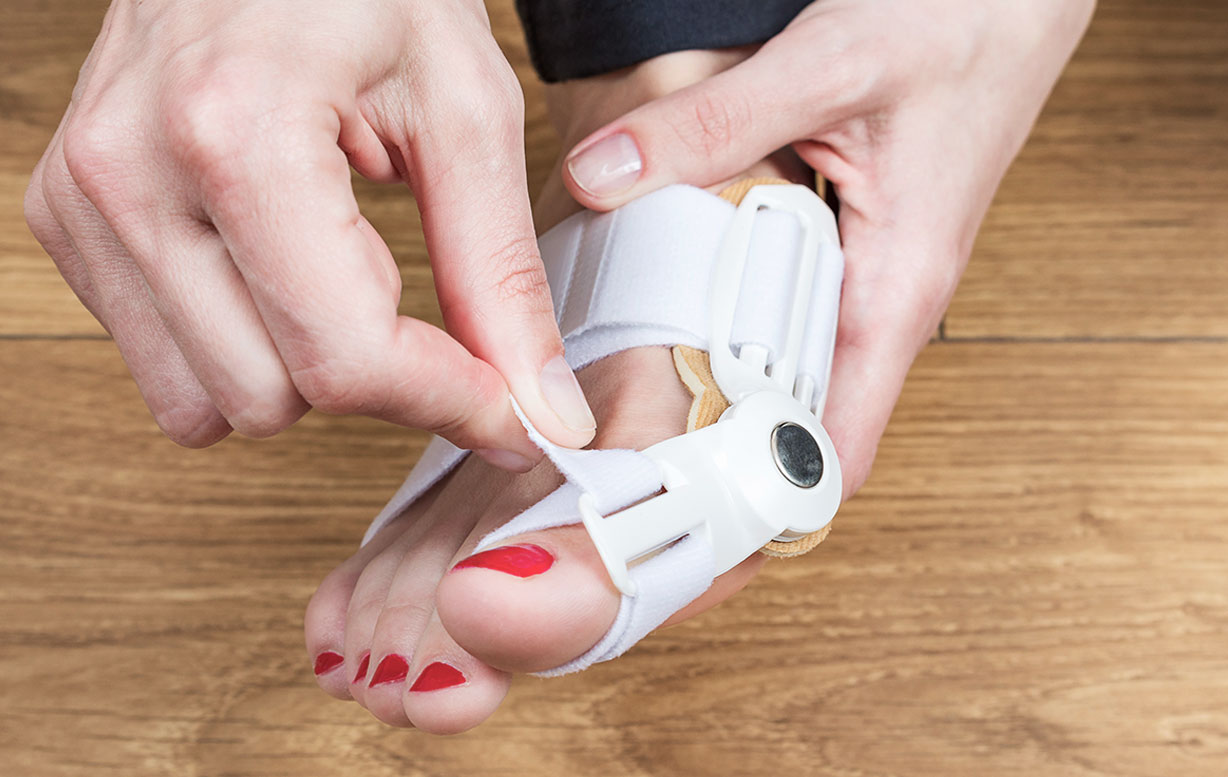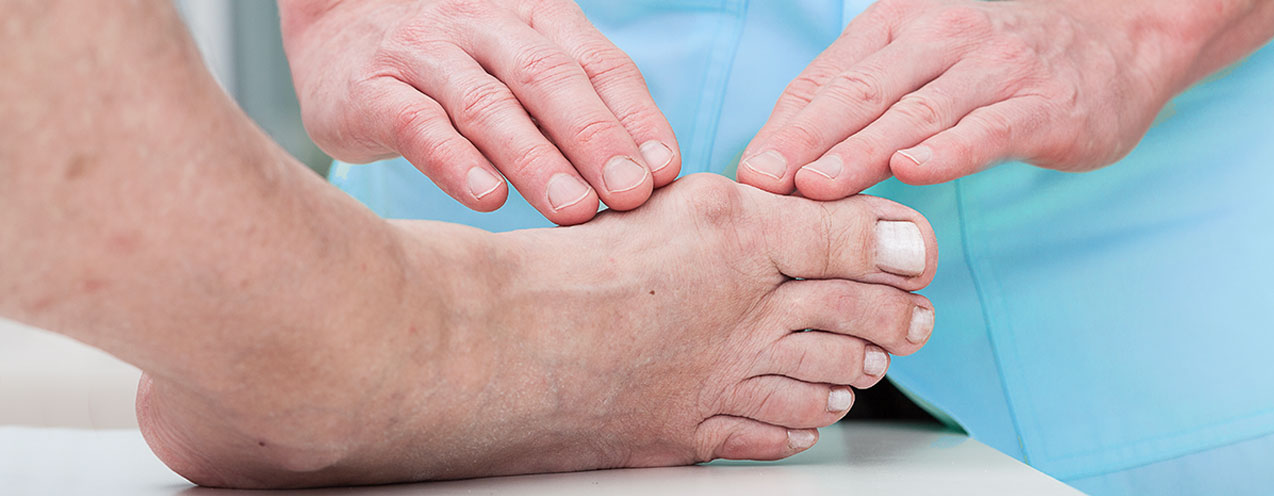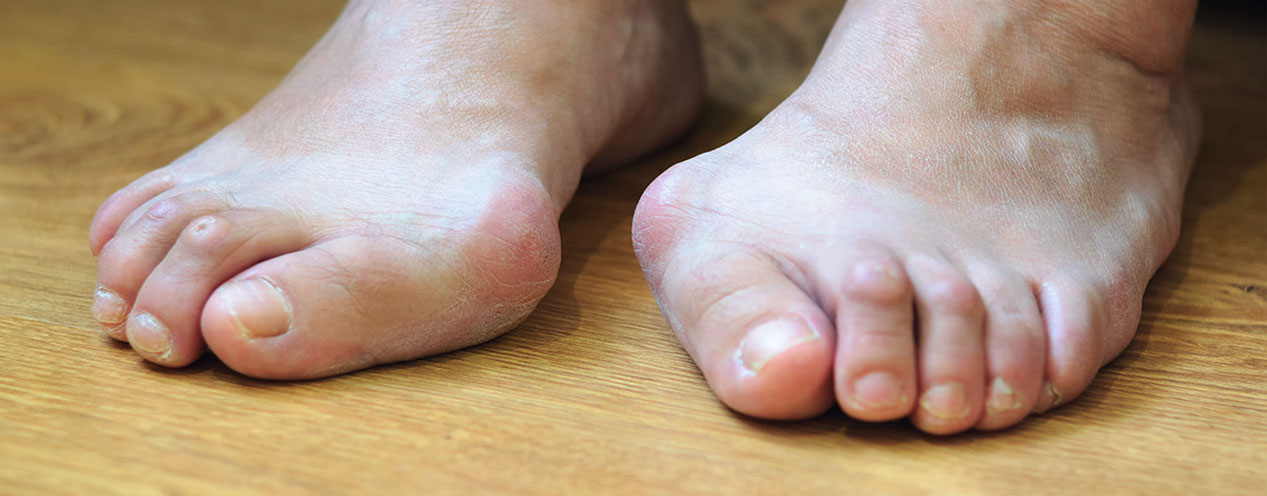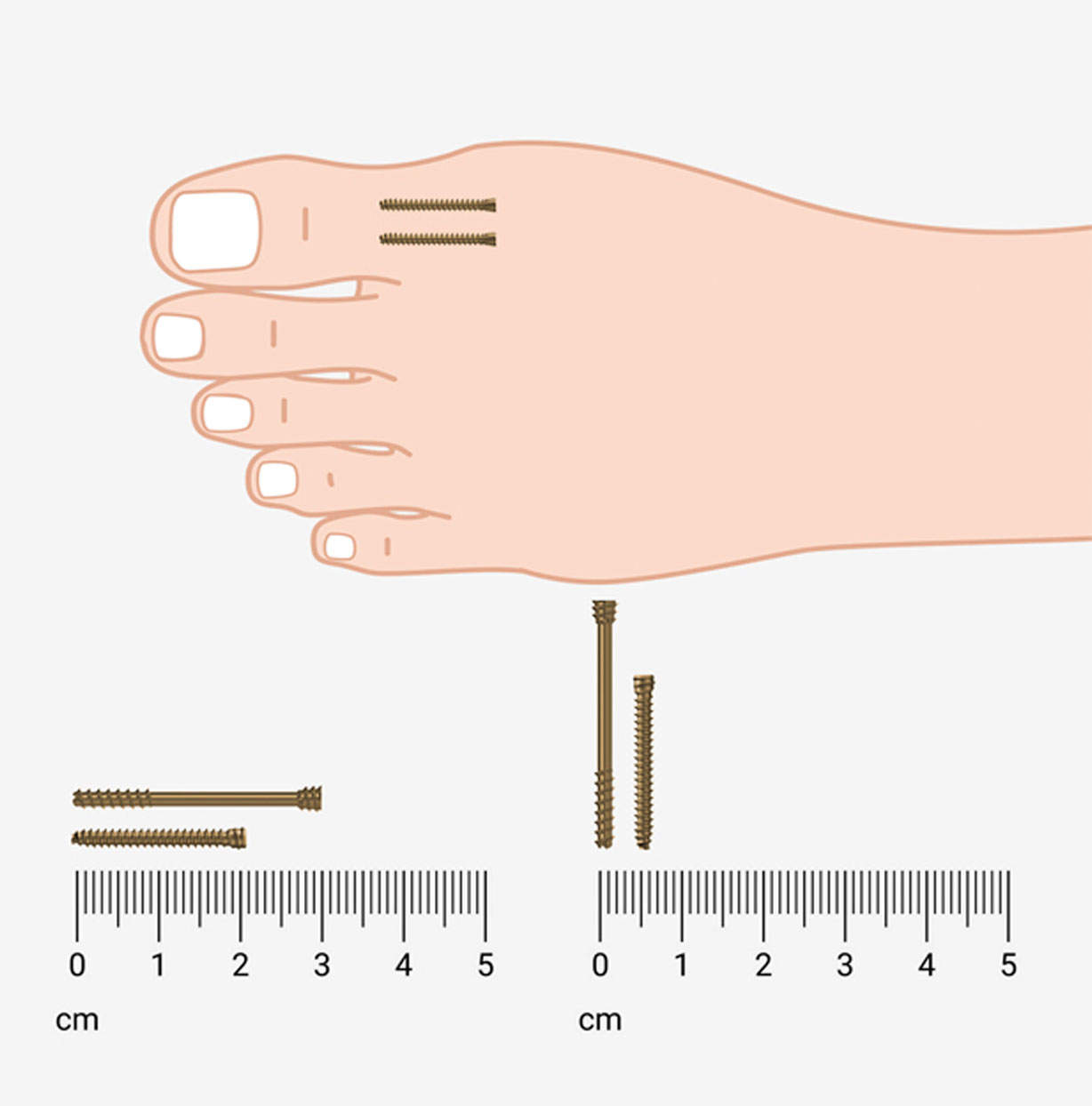
Treating Bunion
Bunion pain varies between individuals and can range from mild to excruciating. Regardless of your pain level or frequency, with proper procedures and care, your quality of life can be greatly improved.
Diagnosis

Our orthopaedic specialist will examine your foot and go through your medical history.

He will also order an x-ray of your foot to determine the severity of the bunion condition.

Treatment Options
For mild and early cases, you may be advised to take the following steps to prevent further deterioration of your condition.
For mild to moderate bunions, minimally invasive surgery is recommended with the advantages of smaller scars, lesser pain and shorter downtime. For severe cases with very bad malalignment, open surgery is required.
The type of surgery used will depend on the individual’s condition. Call us at 9711 8888 to schedule an assessment.

If non-surgical treatments fail to provide effective relief, a range of surgical procedures is available to treat the condition.
Osteotomy:
Exostectomy:
Arthrodesis:
Process of Surgery
You will be administered an ankle block anaesthesia on your foot.
Dr Seng will make a small incision to remove the bunion as well as affected parts, and realign the joint.
The toe will be stitched and bandaged. You will be brought to the recovery room for observation.
Bunion pain can hold you back from an active lifestyle, but it need not be so.
When you experience chronic big toe inflammation and severe pain that disrupts your daily activities, seek surgical treatment to treat your condition effectively.
Post-Surgery Recovery
A bunion or bunionette surgery is an outpatient procedure and you will be able to walk normally on the day of the surgery. You will be fitted with a special post-operative shoe to support the foot while the bone and soft tissue heal.
After the surgery, it is common to have some swelling in your foot. For the first few days after surgery, keep your foot elevated as much as possible to reduce swelling.
Depending on the severity of the bunion and the extent of the surgery, the recovery period varies for each person. Full recovery may take up to 3-4 months.
